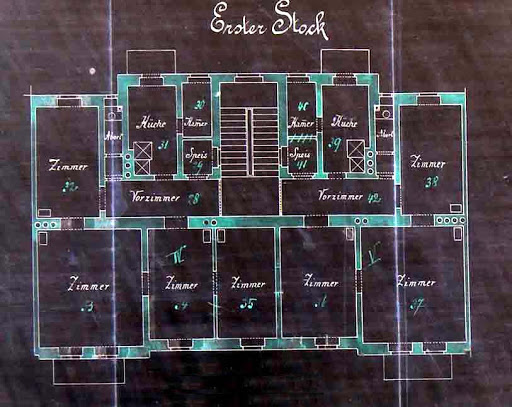
realized i've done a fair bit of writing over the years, and this is an easier way for me to access it...
'Affordable housing in Seattle is not the enemy.' @seattletimes, 2 March, 2018. seattletimes.com/opinion/afford…
'Affordable housing in Seattle is not the enemy.' @seattletimes, 2 March, 2018. seattletimes.com/opinion/afford…
this one on keeping public land in public hands, for mass timber social housing. w/ @CaryCMoon
'Seattle could make a dent in housing crisis with its own property.’ Crosscut, 17 July 2018.
crosscut.com/2018/07/seattl…
'Seattle could make a dent in housing crisis with its own property.’ Crosscut, 17 July 2018.
crosscut.com/2018/07/seattl…
for @Treehugger at the invitation of @lloydalter, on what i perceived as large differences between EU and US architecture, and why.
‘Why is architecture and building so different in Europe?’ Treehugger, 20 November 2019.
treehugger.com/why-architectu…
‘Why is architecture and building so different in Europe?’ Treehugger, 20 November 2019.
treehugger.com/why-architectu…
another piece for @treehugger on why mass timber needs to be paired w/ passivhaus for decarbonization
‘Mass Timber and Passive House, Together at Last.’ Treehugger, 14 July 2020.
treehugger.com/mass-timber-an…
‘Mass Timber and Passive House, Together at Last.’ Treehugger, 14 July 2020.
treehugger.com/mass-timber-an…
op-ed on 15 minute cities, after seeing so many US mayors and planners try and water down by removing density, radical mixing and open space, and solidarity.
‘For a True 15 Minute City, we need Action, not Rhetoric.’ @PubliColaNews, 4 November 2020.
publicola.com/2020/11/04/gue…
‘For a True 15 Minute City, we need Action, not Rhetoric.’ @PubliColaNews, 4 November 2020.
publicola.com/2020/11/04/gue…
another op-ed for treehugger further highlighting growing disparity between US AEC industry, and the rest of the world - especially on energy efficiency
‘America’s Architecture and Construction Industry Is Broken.’ Treehugger, 19 April 2021.
treehugger.com/america-archit…
‘America’s Architecture and Construction Industry Is Broken.’ Treehugger, 19 April 2021.
treehugger.com/america-archit…
Thingy i did for @Sightline on the history of land use in seattle, and how continual downzones and other land use regs at behest of homeowners exacerbated housing crisis
sightline.org/2018/05/23/thi…
sightline.org/2018/05/23/thi…
was asked by @CityObs a few years ago to write about vienna and it's phenomenal social housing and land use, and how it could be a model for seattle and the US
cityobservatory.org/housing-policy…
cityobservatory.org/housing-policy…
not an op-ed per se - but in 2018, almost a year to the day before i moved to bayern, @archinect sessions podcast on zoning/land use, building materials, passivhaus, etc
archinect.com/news/article/1…
archinect.com/news/article/1…
and apparently i've done about 50 posts (!) for @UrbanistOrg - passivhaus, baugruppen, social housing, land use and zoning advocacy... theurbanist.org/author/mike-el…
a lot of ones i've repeatedly gone back to over the years, it's short but i think my piece on neue heimat tirol as a model for a (innovative, passivhaus-friendly, counter-cyclical) social housing provider in seattle is a personal fave. also my 1st there
theurbanist.org/2014/04/07/cit…
theurbanist.org/2014/04/07/cit…
• • •
Missing some Tweet in this thread? You can try to
force a refresh








